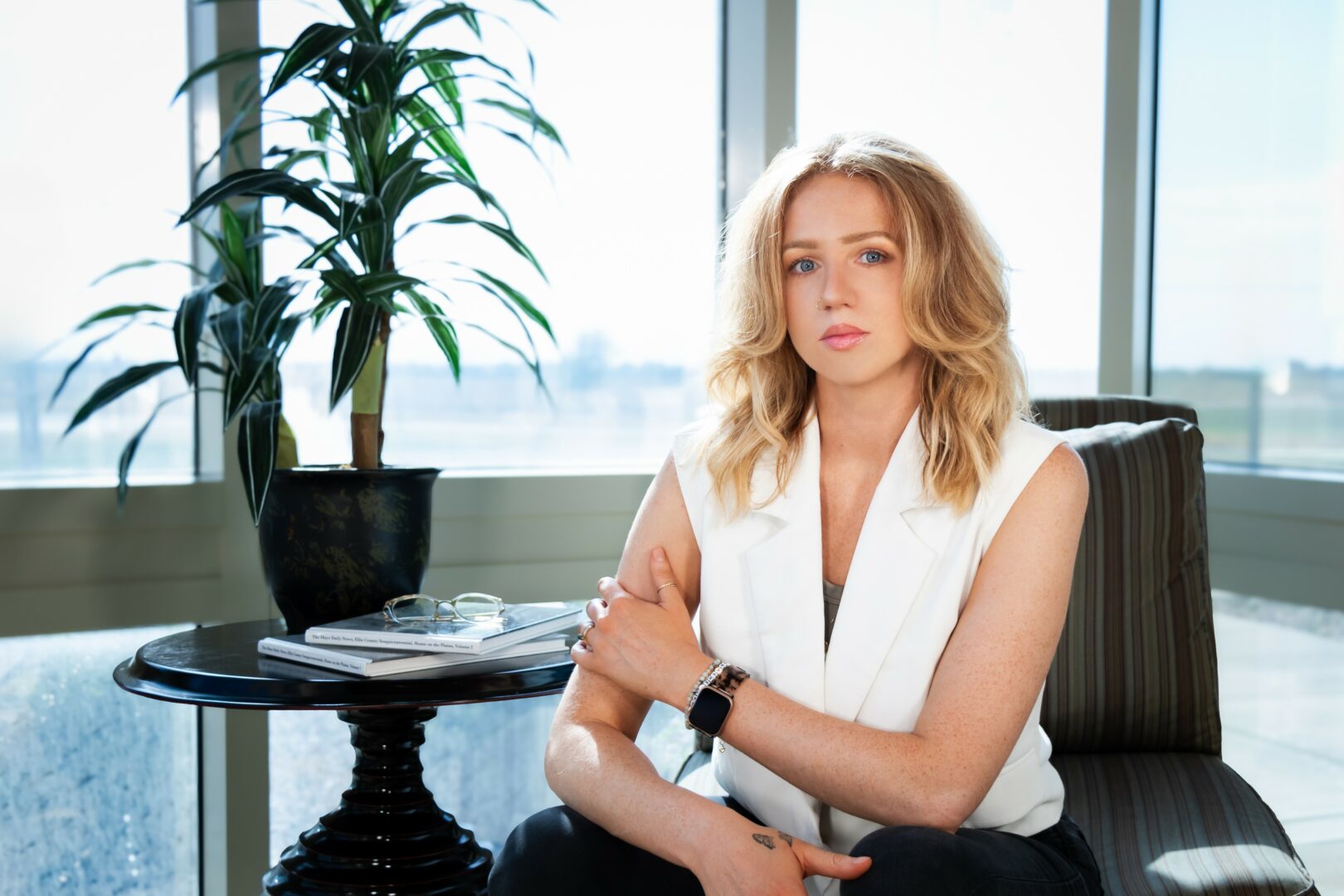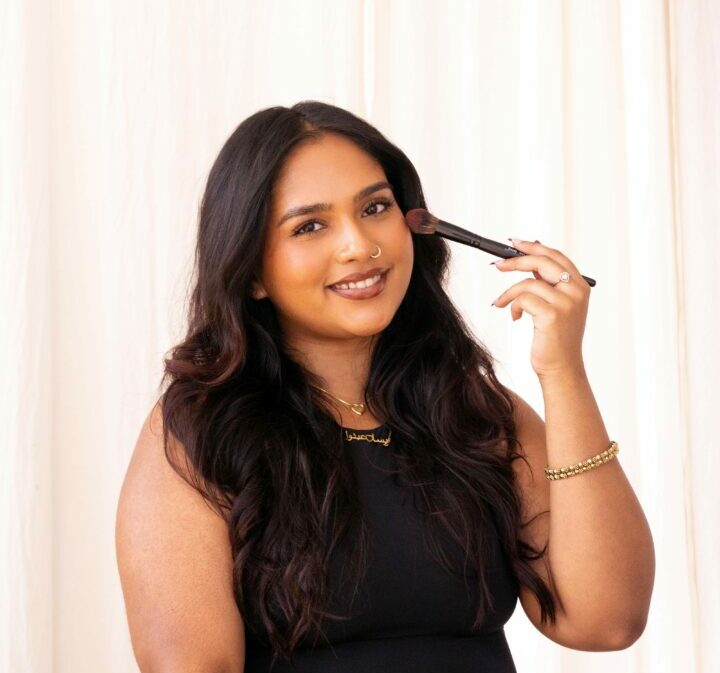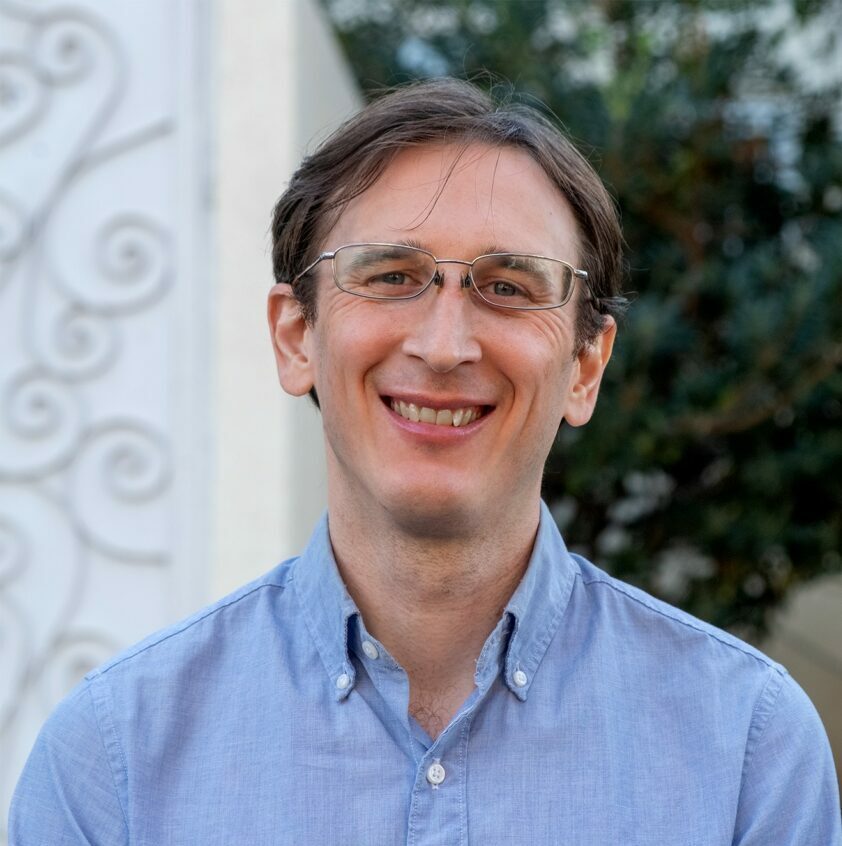Alright – so today we’ve got the honor of introducing you to Norma Jean Moore. We think you’ll enjoy our conversation, we’ve shared it below.
Norma Jean , we’re thrilled to have you on our platform and we think there is so much folks can learn from you and your story. Something that matters deeply to us is living a life and leading a career filled with purpose and so let’s start by chatting about how you found your purpose.
Any event that disrupts our everyday routines and direction is an opportunity to embrace and transform. While some bold journeys are envisioned and followed, others begin as seeds that are thrown in our path. The second was my experience. When I was diagnosed with Stage 4 cancer, I saw it as an opportunity to transform. The illness ravaged my body,but it actually transformed my mind and heart. It was during this time that I experienced the power of love and kindness from family, friends, health workers, and strangers. It was this experience that brought me joy and positive well-being. I saw this as an opportunity to delve into my life as an artist and transform from teacher to exploring new perspectives to living and being.
I opted for traditional cancer treatments, but alongside this, I tapped into the power of visualizations to heal my body. I had many but I will share a few. I imagined Gregorian chants as the sung prayers of friends and families praying for my recovery. These chants were on my playlist and were a part of my nightly ritual before I turned out the light. Another visualization I repeated daily was the use of sand to suffocate the malignancies, which created the ideal environment for new, healthy growth. I had read Illness as Metaphor by Susan Sontag, and I was convinced that metaphors for healing had to be more than a battle. They had to be gentler and more accepting of my body’s ecology. I became aware of how crucial nature was to my recovery after taking outside strolls, observing landscapes, and taking in the natural environment. I committed to advocating for the environment during this period. Since then, I have studied the ecology of wildscapes to help flora and fauna that are struggling to survive since development is stripping away their habitat. My paintings to this day are still influenced by my volunteer ecological work.

Thanks, so before we move on maybe you can share a bit more about yourself?
Many of the things I love, jazz, painting, and gardening, leave me feeling that my way of learning is not knowing but embracing the unknown. Much of my resilience resides in feeling comfortable with that. I take inspiration from jazz musicians that are masters of improvisation. I recently saw a documentary on Wayne Shorter and was moved by his ability to evolve his improvisational space and bring other musicians along. I find my best time for tapping into my improvisational space is first thing in the morning. I get up at about 6:30, make a cup of coffee, and move into the studio.
In 2014, my research into native plants was an intentional one: first, to give back to nature and second, to deepen my knowledge of the ecology, which in turn deepens my painting practice. I began thinking of the land as an extension of my studio space, a space for research. I’ve gradually transformed my lawn into a varied native wildscape that gives me chances to study flowers and their ecological connections.My presence within this space, my eyes, and a jeweler’s loupe have led me into the monumental possibilities of these delicate floral forms. I’ve been inspired to investigate glazing and staining techniques that can capture the delicate nature of the petals by my observations of these native flowers. Flowers are beautiful, but my paintings focus more about their hidden traits, their relationships with the environment.

If you had to pick three qualities that are most important to develop, which three would you say matter most?
Being an artist is quite demanding. You have to not only make the work but you have to advocate why it is important and search ways to bring it into public view.
Knowing yourself is always valuable. I know that it is difficult for me to freely create if I am unable to be relaxed and in a state of play. I was being practical when I became certified to teach art and English as a Second Language.
I took a hiatus from teaching from 1990 to 1995 in order to focus on my artistic goals. It was challenging to get out of the studio throughout these five years in order to unwind and enjoy life with friends and family.I came to the realization that I do better when money is not a concern.
My 25 years as a public school teacher tempered my extreme shyness that I experienced in front of crowds. Additionally, I was able to improve my organizational skills, which have helped me stay on top of deadlines and manage my workload and correspondence. During this time, I also discovered the significance of art in both adult and child development.This gift to create inspires and reflects our humanness.

Is there a particular challenge you are currently facing?
Even with my successes, I still struggle with confidence when a deadline is approaching or a new project concept needs to be investigated. I have to imagine and talk myself out of my lack of confidence and into a state of ease. It’s an exercise in blind faith. As I start to trust the process, a lot of this cacophonous mental chatter stops. I am reminded, I am a part of a community. My art is speaking a truth that is not my own. Trusting myself and making myself available to paint are what I need to do.
Contact Info:
- Website: https://www.normajeanmoore.com/home
- Instagram: https://www.instagram.com/normajeanmooreart
- Facebook: https://www.facebook.com/moorefineart
- Linkedin: https://www.linkedin.com/in/norma-jean-moore-5a78b012/
- Other: https://www.kaleido.art/Norma_Jean_Moore




so if you or someone you know deserves recognition please let us know here.




